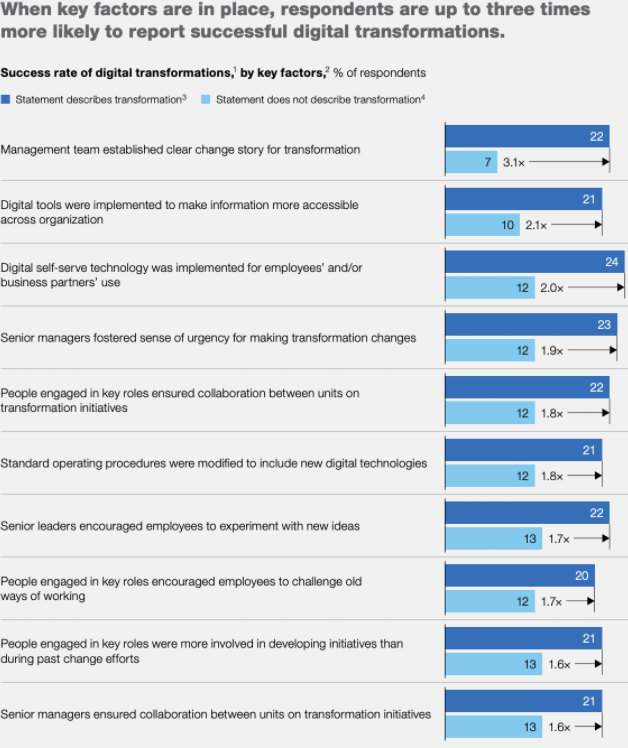If you have followed me or read my posts before, you know I draw inspiration from just about every experience. This weekend I recently finished [another] home improvement project. This one took me more time than any other project. I decided to make a barn door for our upstairs common area out of reclaimed pallets, crates, and other scrap wood. I spent weeks collecting this scrap wood from neighbors, businesses and whomever else was gracious enough to donate it. I did this for several reasons. One, the cost of lumber has skyrocketed due to the pandemic supply chain shortages. Two, I thought it was altruistic to make something from material that would otherwise wind up in a dump. Three, the size of the door I needed was not readily available in the market and would have to be custom-built anyway. I agonized over how I was going to complete this project. The scrap wood sat for months. My excuses were usually due to the extreme heat in our garage to work on the project, our busy weekend and evening schedule, or not having all the right prior experience, tools, or supplies to put it all together. This past Sunday, after two weekends of drawing, disassembling scrap wood, cutting (the wood and myself in the process), nailing, gluing, collaborating, hauling, hanging, and a little swearing – it hit me. This is exactly what many business owners and leaders face when we talk about transformation.
PLANNING
Much like a carpenter (not me, but a real one) approaches a project, a business leader must go through a lot of contemplation. Sometimes, as in the case with some of my clients, the leader will consult with someone to turn that contemplation into a plan. Many times, the leader knows a need has to be addressed. You would contract a carpenter if you need something made for a purpose or you would do it yourself. In any organization, you may try (for years sometimes) to do it yourself. Maybe you consult a friend, employee, or another business leader and get a few tools along the way to solve a problem. Maybe you hire an expert to help you solve it. Either way, before you build anything, you have to have some idea of what it is you are trying to solve.
TOOLING
I see too many business leaders fail to remember the old adage from the world of carpentry: “Measure Twice. Cut Once.” In many instances, they have already purchased and even implemented a solution, only to realize it did not solve the problem (or created a new one). Perhaps they were told you need to be online, so they go out and sign up for a web platform. In some cases, they have experienced some success in a sales channel and they want to replicate that to more channels. Maybe they hired a software implementer to help them launch a solution. What they all have in common is this: the tool is not always the solution. “A good carpenter doesn’t blame their tools” is as real a metaphor as anything I can use to describe this conundrum.
According to McKinsey’s recent study on digital transformations, LESS THAN 30% HAVE SUCCEEDED SO FAR!
Unlocking Success in digital transformations
“Transformations are hard, and digital ones are harder. Years of research on transformations has shown that the success rate for these efforts is consistently low: less than 30 percent succeed.”
But why? Like the novice carpenter, choosing the right tool can certainly make a huge difference in the success of any step of their project. However, it is in that choosing thought process where the carpenter delivers the project to the customer’s expectations. It is no different in business. I have seen so many instances where the business is on their second or third software or application because they blamed the lack of success on the tool. It could be a CRM solution, a website platform, or as complex as an ERP platform that led us to a conversation. In almost all cases the following is true:
- Their selection was based mostly or solely on price or promise from the vendor.
- Requirements gathering was based on a list of questions and answers which were unqualified or a result of “we don’t know what we don’t know”.
- Due to the previous two points, the project did not launch on time nor on budget.
- The end-user experience from internal and external customers was not met and adoption and usage went to near zero.
- Workarounds were created or reverted to what they were doing before the implementation.
So many implementers struggle as much as the client because they are not versed in the operational processes and organizational structure overhaul needed to make their solution as successful as it should be. Oftentimes they assume the client has the knowledge in-house to detail these requirements, but most small and medium-sized organizations do not. Or, the client only knows how they currently do something and not the why or how it should be done. It is not their fault. It is not necessarily the fault of the implementer. It is 100% not the fault of the tool. The carpenter or their customer may not like that a joint is not perfectly square, but even if the tool was damaged, why did they decide to finish the product without checking it?
ASSEMBLING
When I chose to design my barn door, my family did not want an out-of-the-box design like you would buy off the shelf at your local home improvement store. Because it was being featured in an opening that anyone would see when they walked through our front door and looked up, they wanted it to be functional AND special.
This happens so much in the business world when it comes to matching a solution applied to a set of requirements. Consider the block of wood in my door as the platform and how you add to it, cut or sand away from it, and put it together with another block of wood. This is like customizing a base out of box functionality to suit the needs of the client and their users. Furthermore, how you integrate that solution to what the client already has for supporting systems is like taking my customized door and hanging it on the existing wall over an existing opening.
Sure, there may be some tweaks that need to be made to the supporting environment to accommodate the new solution. I had to install a brace board on the existing wall, modify the roller bar by cutting, combining, and drilling holes to match my stud locations in the wall and accommodate the weight and size of my door. I also had to install handles in the right location to account for how my family and potential guests would open and close the door. When implementing and integrating solutions in a digital transformation, you must consider this new introduction of technology is going to impact supporting systems and processes going forward. There is a little give and take on considering how you used to do something and how you may do it differently in better support of your customers and your efficiencies.
PRESENTING
Consider this infographic from the previously referenced study by McKinsey. Launching a new solution requires a lot of support, drive, and information to consider it a success.

Like when I finished my door, it took a lot of input, back and forth with my family, and consulting friends to ensure it was a successful project. The reason many implementations require the users to test, whether you are developing continuously, through agile sprint planning or traditional large-scale projects is to reduce the impact to the majority of users down the road.
Even after the launch, most implementations in a digital transformation include post-go-live support to ensure the product or solution is meeting the needs of the client and customer.
CONCLUSION
As I mentioned, I am no carpenter, but I appreciate the symbolism this project like so many others I have undertaken has to what I experience in our business. The consideration for operational, cultural, and technical implications of any transformation is critical to its success. It prevents a drain on resources (people, time, systems, and money), reduces waste, and increases the chances of a successful and profitable project.
I believe that is why a 360 approach to any transformation is crucial and why my team within the strategy operating unit exists. We believe that there is no more e in commerce and that all projects dealing with transformations are better off when strategy, technology, customers, and employees are considered and solutions developed for each to consider an engagement successful.
OH, BY THE WAY
How do you think the door turned out?







